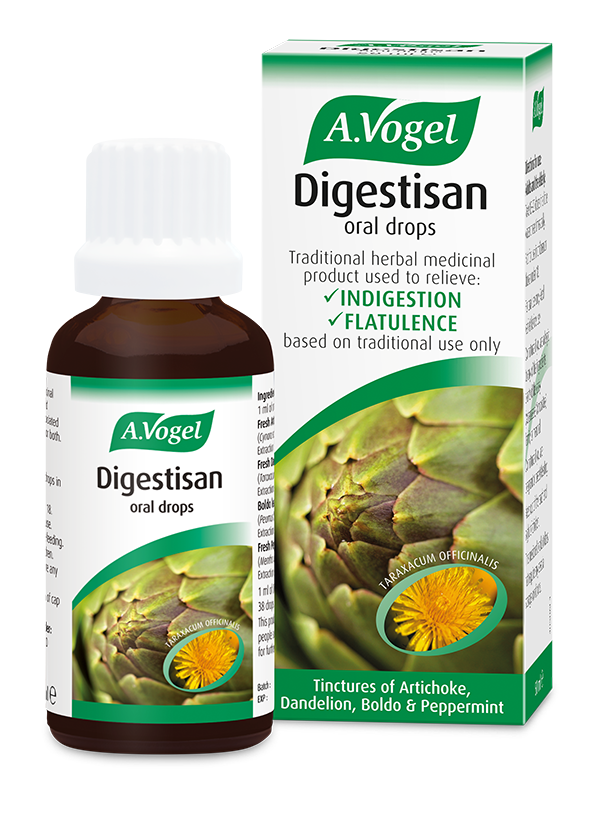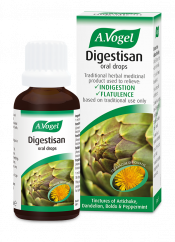An introduction to the digestive system
Each year, every person living in the developed world consumes an average of 500kg of food. However, this food is useless to the body unless it is broken down into small molecules.
The digestive system is the part of the body which does this job. It stretches from the mouth to the anus and consists of a series of organs and glands which secrete digestive enzymes.
These function in a coordinated manner to break down food – a process known as digestion - and convert the food we eat into a form that can be absorbed. Whatever is not absorbed is treated by the body as waste and excreted as faeces.
The mouth
This is the first part of the digestive system. You may not realise it, but the mouth is where digestion starts. There are two important elements at this stage:
- Teeth help you bite off chunks of food and chewing turns what you eat into mush. This process is very, very important and if not done well, can influence the rest of the digestive process. For instance, you can experience indigestion if you do not chew your food properly. Experts say that each mouthful should be chewed at least 20 times and this action is made easier by the addition of saliva
- Saliva is produced by glands in your mouth. Apart from helping you chew, human saliva contains an enzyme called ptyalin which is important for starting off the digestion of complex carbohydrates such as those found in bread and potatoes, turning them into glucose. This is why, if you chew bread long enough, it becomes sweet to taste.
Oesophagus
This is the muscular tube linking the mouth to the stomach and is commonly known as the gullet.
The oesophagus does not act simply as a ‘drainpipe’ as muscles in its walls work in a coordinated manner leading to a wave of action known as peristalsis. The purpose of this is to get food to travel in one direction – towards the stomach. When you vomit, a nerve reflex triggers a wave of peristalsis in the opposite direction.
The lower part of the oesophagus can become inflamed if you suffer from indigestion in a condition known as acid reflux. This is when the acidic contents of the stomach are forced back into the gullet, causing irritation and inflammation and the symptom of heartburn.
Stomach
Your stomach receives the partially digested food from the mouth and secretes a number of substances to help the digestive process along its way:
- Gastric juices – these are digestive enzymes and help break down proteins
- Gastric acid – this helps digestive enzymes work better
Gastric juices and gastric acid are secreted as soon as food is in the mouth. Bitter tasting foods, especially bitter herbs, encourage this process by preparing the stomach to receive the food we eat.
Digestive enzymes mix with partially digested food and this is encouraged by the contraction of the muscles in the wall of the stomach, basically churning food round and round.
Both the entry and exit points of the stomach are ‘closed off’ by strong muscles to make sure that food does not escape whilst this mixing takes place. Sometimes this mechanism breaks down. When this happens, small amounts of food travel back up to the lower part of the oesophagus causing acid reflux and heartburn.
Most of us will have experienced the occasional bout of indigestion. This usually occurs after over-eating with bloating, excessive wind or burping, nausea and abdominal discomfort the most common symptoms. This is ‘normal indigestion’.
However, some people are troubled by more frequent and recurrent symptoms as a result of a digestive disorder.
Small intestines
Food stays in the stomach for between two and four hours depending on what you have eaten. If it has done its work well, this will have turned into the consistency of a paste which then passes easily into the small intestines.
In humans, this organ can be up to seven metres long. The first part is known as the duodenum and as food passes through, it is mixed with bile from the liver and enzymes from the pancreas.
These secretions have different roles to play:
- Bile is important for fat digestion, breaking down large globules of fat into smaller ones
- Pancreatic enzymes are needed to digest the three main food groups – carbohydrates, proteins and fat
As food moves further down the small intestines, it gets broken down into smaller and smaller pieces until they eventually reach a sufficiently small size to allow each molecule to be absorbed through the wall of the small intestines.
Some digestive enzymes can only be found along the lower parts of the small intestines. An example is the enzyme lactase responsible for the digestion of lactose (milk sugar). People with a milk intolerance are, in general, intolerant of lactose because of a shortage or absence of this enzyme.
Large intestines
About ten percent (by weight) of food originally eaten is indigestible. The function of the large intestines is to turn food that cannot be absorbed into waste. The large intestines absorb water back into the bloodstream, causing its contents to firm up, harden, and form into faeces.
Large intestines contain billions of bacteria known as gut bacteria, gut flora or more recently, our gut microbiome. These have a key role to play as they help with the final processing of the food we eat.
However, for a variety of reasons, the normal gut microbiome can be overtaken by ‘bad’ gut bacteria and this may result in a variety of problems giving rise to symptoms such as bloating and excessive flatulence.
The most common problems affecting the large intestines are constipation and Irritable Bowel Syndrome (IBS).
Rectum and anus
The last 12 centimetres of the large intestines is known as the rectum. Faeces are stored in this part of the bowel until it is convenient for them to be passed – then released through the anus, also known as the back passage, when we open our bowels.
When one is constipated, the rectum fills with faeces and the backlog formed can back up into the lower part of the large intestines. As they hang around for a longer period of time, faeces become harder as more and more water is absorbed through the walls of the large intestines.
This worsens the problem further as hard faeces are even more difficult to pass and may give rise to a variety of constipation symptoms including cramp in the lower tummy and bloating.








